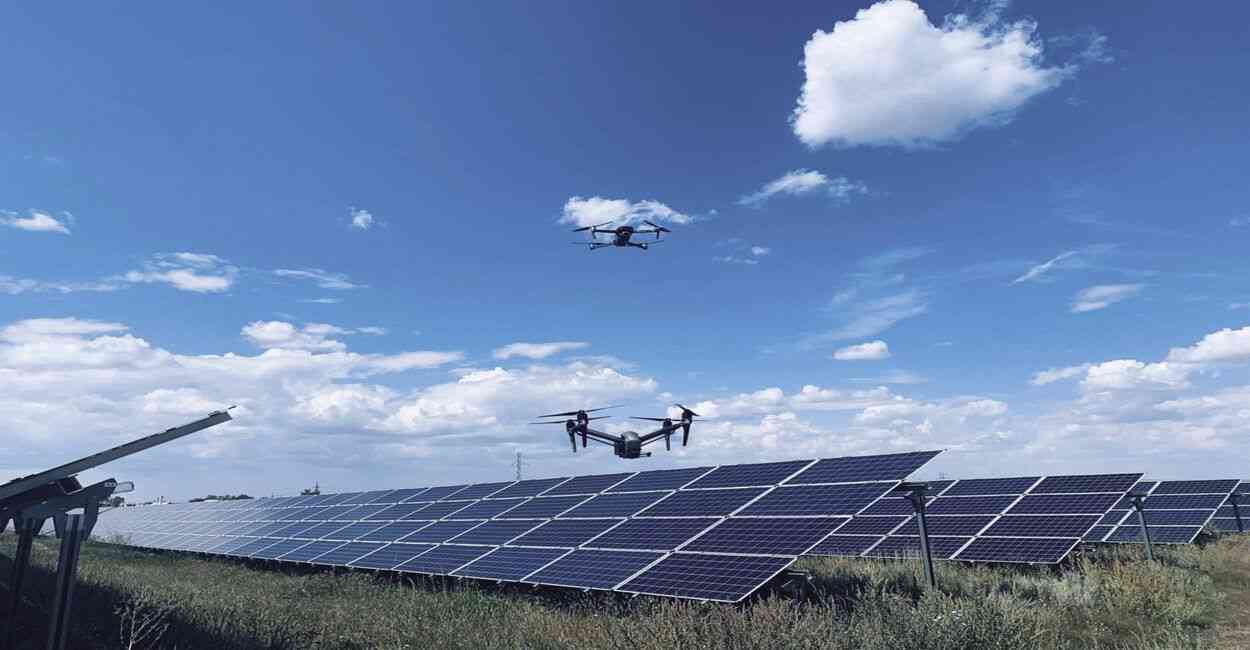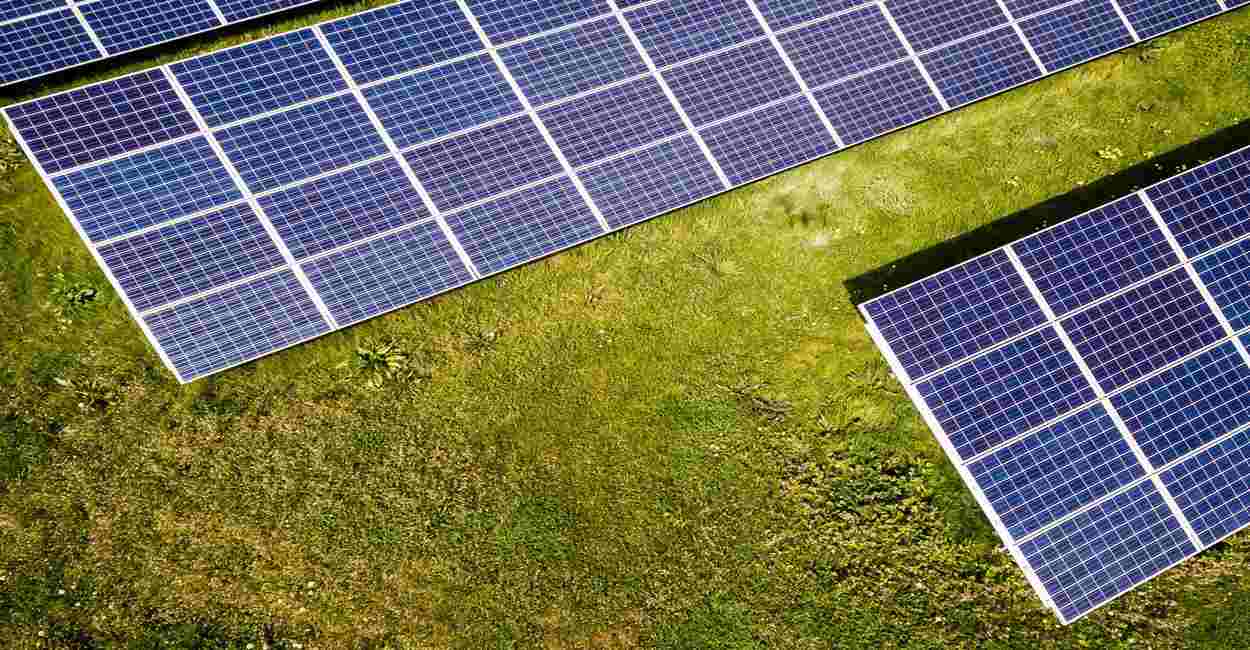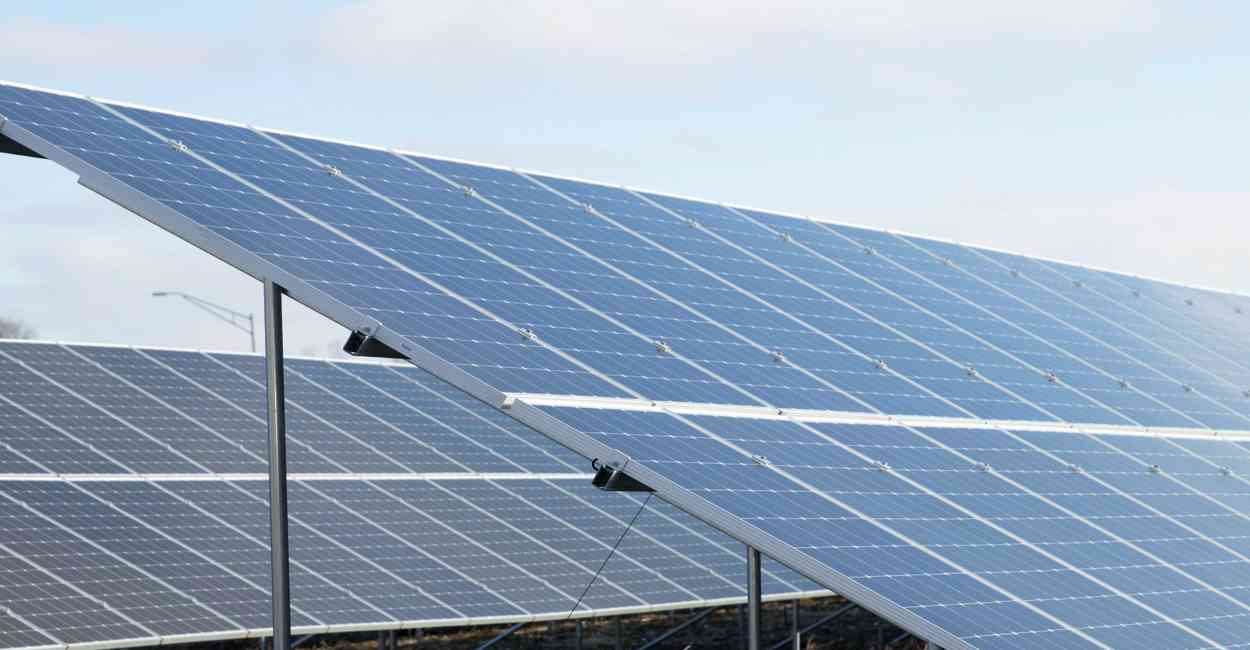How Artificial Intelligence Is Revolutionizing Solar Installation

The concept of artificial intelligence (AI) is very much capable of including machine learning and data sets without taking the help of human programming or intervention. AI can be broken down into machine learning, deep learning, and neural networks.
Regardless of increasing the technicality, the whole premise of AI is a machine mimicking the human brain. The machine can learn and adapt to different scenarios, and with the passage of time, the machine becomes smarter and smarter and reacts differently to achieve better results.
AI plays a vital role in many industries through business intelligence and solving problems quicker than humans.
AI in frequency regulation
North America is powered by producing power at the frequency of 60 Hz AC. This simply states that the direction of the current changes is 60 times per second. The growth of renewables coming onto the grid keeps the frequency in its tolerable band, which is considered the challenging part of grid operations. This is all due to the fact that renewables such as wind and solar are intermittent sources of power.
In the old traditional times, there was the usage of gas turbines and coal was produced. The plants have been used to keep the frequency stable, but they are slow to respond. Now operators are working at a faster rate that includes some of the following factors- battery storage to maintain grid frequency and avoid outages. This is creating an opportunity for AI to help their clients.
Generally, a human has to look at power supply and demand and adjust control of distributed resources to keep everything in balanced form. But because demand and supply change frequently, sophisticated AI can learn data patterns from smart meters that are much better than humans to understand the cause and effect of the system. There are various factors that determine the production of energy, such as weather, season, time and region. They are helpful in predicting the availability of additional power resources that are needed.
AI in weather forecasting
AI can also be useful in weather forecasting. Accurate weather forecasting helps in utilizing things and making smart decisions about operations in severe weather conditions such as hail, thunderstorms, and hurricanes. AI is capable enough to analyze large volumes of historical and real-time data from satellites, weather stations, and IoT devices to recognize patterns and predict. This information is quite relevant for power producers to adjust accordingly.
AI to optimize project performance
AI also can be utilized to maximize the performance of power plants. For instance, if you have ten power plants in your range, maybe eight are performing at 90% and two at 85%. AI can analyze data—region, system, slopes, humidity, irradiance, and manufacturers make the recognition of anomalies or issues that a human may not perform.
Apart from all these, AI’s also capable of making predictive maintenance by learning algorithms to spot inconsistencies and determine when a panel or an inverter is about to fail.
Artificial Intelligence Techniques In Solar Energy Applications
According to the survey, more than 100 renewable energy sector workers, over 90% of people, are working towards availing the benefits of digitalization and automation.
Now the question arises of how this can be done. There are two major ways to apply AI in the energy sector: automated decision-making and aided decision-making.
Automated decision-making involves computer systems processing information that does not need the interaction of humans. This creates the potential for them to handle complex tasks at a faster pace than humans. For instance, Automated AI systems are used to schedule the preventive maintenance of a solar photovoltaic (PV) plant.
Along with certain advantages, there are a few limitations of this approach as well. Automated decisions can be distorted by different kinds of bias, which may result in incorrect decision-making. This can create problems in critical systems.
Aided decision-making can address this concern by keeping the responsibility of the actual decision on the human side. As such, AI is focused on facilitating insights that enrich the process. Aided AI systems can be used for tasks that have the basic requirement of nuanced decision-making, such as environmental impact analysis for proposed solar and wind farm sites.
Artificial Intelligence In Energy Sector
Artificial Intelligence has gained massive importance in many different fields of our life, using machine learning to analyze historical and new data in order to make future predictions and also improving the control operation and performing tasks much faster than a human and with more efficiency.
The energy sector is making the utilization of AI so that it can increase energy on an efficient basis by reducing consumption, improving energy storage and grid stability, and making predictions about energy consumption so that one can get more accuracy in finding oil & gas and many other applications.
When it comes to renewable sources, AI is improving the weather forecasts for the development of new plants and making better planning of control & maintenance. Here are some of the projects that state how they are affecting the energy sector.
Google DeepMind
It is one of the relevant factors to talk about AI without mentioning Google. Google is the company that facilitated the first Big Data project in the world.
SunShot Initiative
SunShot is a company that belongs to the US Energy Department. The company has an objective to reduce the total costs of solar energy by 7%, making it cost-competitive at a large scale with other forms of energy without subsidies.
Verdigris Technologies
Have you ever heard of the term IoT (Internet of Things)? This is a concept that refers to the interconnection of electrical equipment with the internet that helps in transmitting data and providing the user with remote control of objects and improves the efficiency of energy consumption.
The Benefits Of Mlops For A Successful AI Implementation In Enterprises
MLOps is a digital practice that helps business entities to overcome several issues that are related to the building, deployment, and management of smart applications. Especially when there are large data sets for training. The concept is consistently expanding in the case of AI enterprise implementation. MLOps jumps in complementing monitoring, adjustment, and retraining of AI models. MLOps thus makes the process much more affordable in terms of resource consumption on production AI models.

Improving the Environment
One of the most important features of MLOps is that it is suitable for AI implementation in business. It has the implementation of data sanity that checks routines to DevOps processes that respond to the change in model code.
Meeting the MLOps Requirements
Effective implementation of MLOps allows users to access various capabilities such as full lifecycle tracking, metadata optimizing, hyperparameter logging, and, most importantly, AI infrastructure that contains the best of networking, storage, and servers.
The Predictable Success
The concept of ML is unique in terms of MLOps. The implementation of MLOps has proven to be much more than just a buzzword. Thus, designing and targeting of MLOps efficiently requires effective coordination between various components of the MLOps environment.
Machine Learning Use Cases In the Energy Sector
There are several potential use cases for machine learning in the energy sector:
- Demand forecasting: Machine learning algorithms can be used to predict future energy demand based on historical data and other relevant factors such as weather patterns and economic indicators. This can help utilities and other energy providers better plan for future energy needs.
- Renewable energy integration: Machine learning can be used to optimize the integration of renewable energy sources such as solar and wind into the grid. This can involve predicting the output of these sources and adjusting the grid in real-time to maintain stability.
- Predictive maintenance: Machine learning algorithms can analyze data from sensors on energy infrastructure such as power plants and transmission lines to identify potential issues before they occur. This can help to reduce downtime and improve the reliability of energy systems.
- Energy efficiency: Machine learning can be used to identify patterns in energy consumption and suggest ways to reduce waste and improve efficiency. For example, machine learning algorithms could analyze data from smart meters to identify appliances that are consuming more energy than necessary and provide suggestions for more energy-efficient alternatives.
- Fraud detection: Machine learning can be used to identify unusual patterns in energy usage that may indicate fraudulent activity. This can help utilities and other energy providers to prevent losses and protect against fraud.
Artificial Intelligence In Solar Panel Maintenance
Artificial intelligence (AI) can be used in solar panel maintenance to improve efficiency and reduce costs. Some ways AI can be used include:
- Predictive maintenance: AI can analyze data from sensors on solar panels to predict when maintenance is needed. This can help prevent breakdowns and improve uptime.
- Fault detection: AI can analyze data from sensors on solar panels to detect problems such as panels that are not producing as much energy as expected. This can help identify problems early and minimize the impact on system performance.
- Performance optimization: AI can analyze data from sensors on solar panels and adjust various parameters, such as the angle of the panels, to optimize energy production.
- Cleaning and washing: AI can be used to control robotic systems that clean and wash solar panels to maintain their efficiency.
Overall, the use of AI in solar panel maintenance can help reduce costs and improve the efficiency of solar power systems.
Solar Installation Using Machine Learning Algorithms
Machine learning algorithms can be used in solar panel installation to improve efficiency and reduce costs. Some ways machine learning algorithms can be used include:
- Site selection: Machine learning algorithms can analyze data on factors such as weather patterns, solar radiation levels, and topography to identify the best locations for solar panel installations.
- Design optimization: Machine learning algorithms can be used to optimize the design of solar panel installations, including the number and arrangement of panels.
- Performance prediction: Machine learning algorithms can be used to predict the performance of solar panel installations based on data such as solar radiation levels and weather patterns. This can help identify potential problems and optimize maintenance schedules.
Overall, the use of machine learning algorithms in solar panel installation can help reduce costs and improve the efficiency of solar power systems.

Predictive Maintenance In Solar Panel Systems
Predictive maintenance is a type of maintenance strategy that aims to prevent equipment failures by predicting when maintenance is needed before a failure occurs. In the context of solar panel systems, predictive maintenance can help to ensure that the panels are operating at peak efficiency and prolong their lifespan. There are a few different techniques that can be used for predictive maintenance in solar panel systems:
- Visual inspection: This involves physically inspecting the solar panels and looking for signs of wear or damage, such as cracks, discoloration, or debris build-up.
- Performance monitoring: This involves using sensors or other monitoring equipment to track the performance of the solar panels over time. This can help to identify any changes in performance that may indicate a problem with the panels.
- Thermographic inspection: This involves using thermal imaging cameras to detect hot spots on the solar panels. Hot spots can indicate a problem with the panels, such as a faulty connection or damaged cells.
By using these techniques, solar panel maintenance professionals can identify problems with the panels before they become severe, allowing them to perform repairs or replacements before the panels fail. This can help to improve the overall efficiency and lifespan of the solar panel system.
Solar Panel Data Analytics Using Artificial Intelligence
Solar panel data analytics using artificial intelligence (AI) involves using machine learning algorithms and other AI techniques to analyze data collected from solar panel systems in order to improve their performance and efficiency. Some examples of how AI can be used for solar panel data analytics include:
- Predictive maintenance: As mentioned earlier, predictive maintenance involves using data to predict when maintenance is needed in order to prevent equipment failures. AI algorithms can be used to analyze data from solar panel systems to identify patterns that may indicate an impending failure, allowing maintenance professionals to perform repairs before the panels fail.
- Performance optimization: AI algorithms can be used to analyze data from solar panel systems to identify ways to optimize their performance. For example, an AI system might identify that a particular panel is performing poorly due to shading from a nearby tree. By analyzing data from the panel, the AI system can recommend trimming the tree to improve the panel's performance.
- Fault detection and diagnosis: AI algorithms can be used to detect faults in solar panel systems and diagnose the root cause of the problem. This can help maintenance professionals to quickly identify and fix problems with the panels, improving their overall efficiency.
By using AI for solar panel data analytics, it is possible to improve the performance and efficiency of solar panel systems, ultimately helping to reduce costs and increase the overall effectiveness of solar energy as a power source.
Conclusion
Artificial intelligence (AI) is revolutionizing the solar installation industry by helping companies to become more efficient, reduce costs, and improve the quality of their work.

